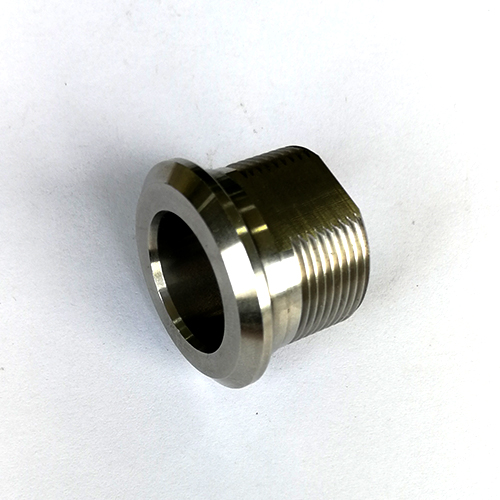Casting structure and air contact surface
Because the casting cools and solidifies faster in the metal mold than in the sand mold, and the metal mold cannot tolerate it, the casting stress generated in the casting during precision casting is greater than that in the sand mold. The crack tendency is also greater, so use Insufficient pouring and cold isolation are prone to occur during the process.
The requirements for casting parts such as uniform wall thickness, excessive width at the wall crossing and smooth joints, and suitable rounded corners of the product are much stricter than those for sand castings. The vertical walls of the equipment should be changed to oblique ones when used in sand mold continuous casting. even.
The investment casting workshop should add ribs, bosses, etc. to the structurally weak parts to effectively prevent casting cracks. During use, bosses, ribs, flanges and other protruding parts that affect the free shrinkage of the castings should be minimized.
When it is necessary to effectively arrange the casting to strengthen its ribs, its effect on the shrinkage of the casting must be considered to prevent structural problems in the casting such as insufficient pouring, cold partitions, etc.
The wall thickness of the casting should be appropriately thinned, especially when the outer size of the casting is large, it should not be too thin. The product must be effective and the horizontal surface should be avoided when using it, because the molten metal will rise slowly during casting.
The precision casting plant has a large air contact area and is prone to oxidation. At the same time, due to the rapid metal loss, the metal liquid flow is rapidly lost, which can easily cause defects such as insufficient pouring, slag inclusions, and cold insulation.


